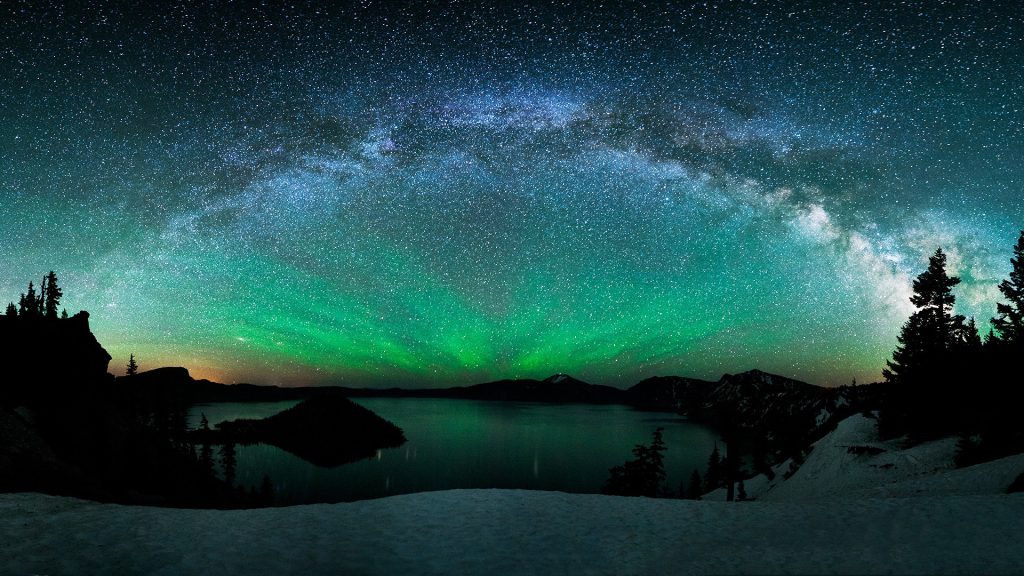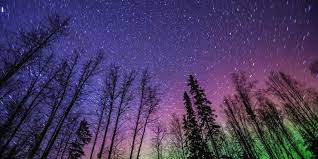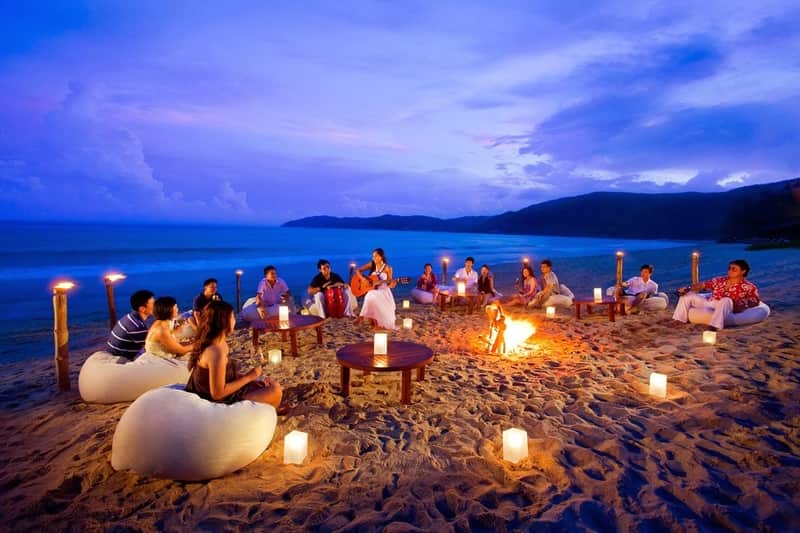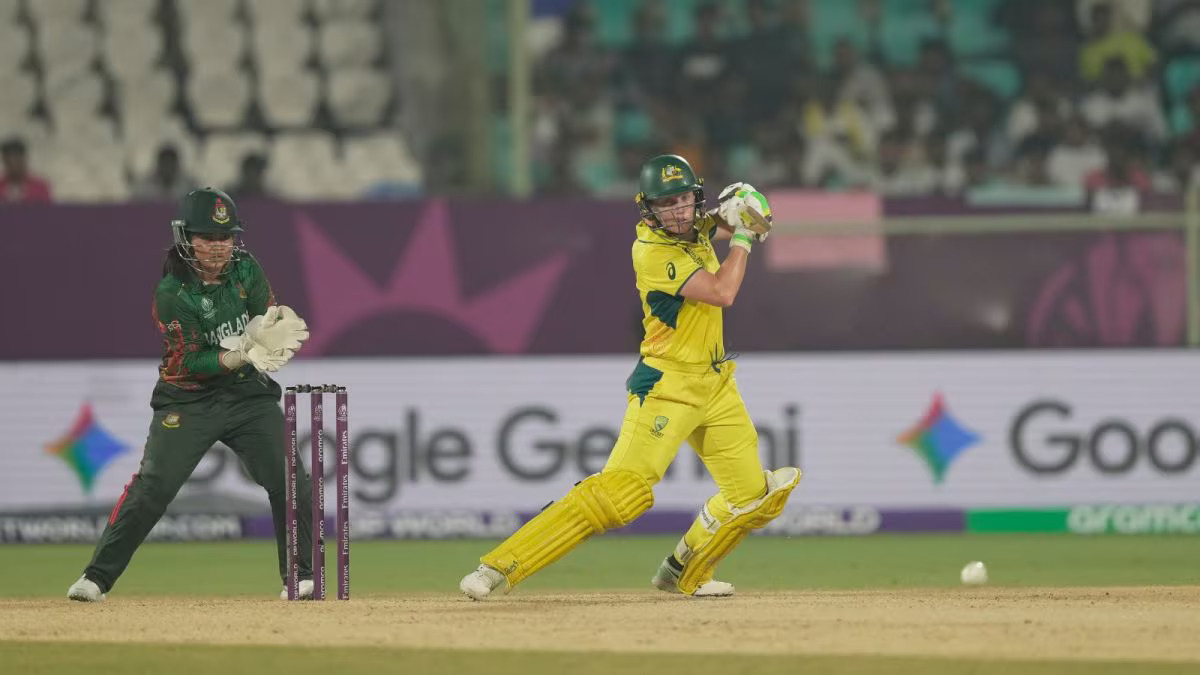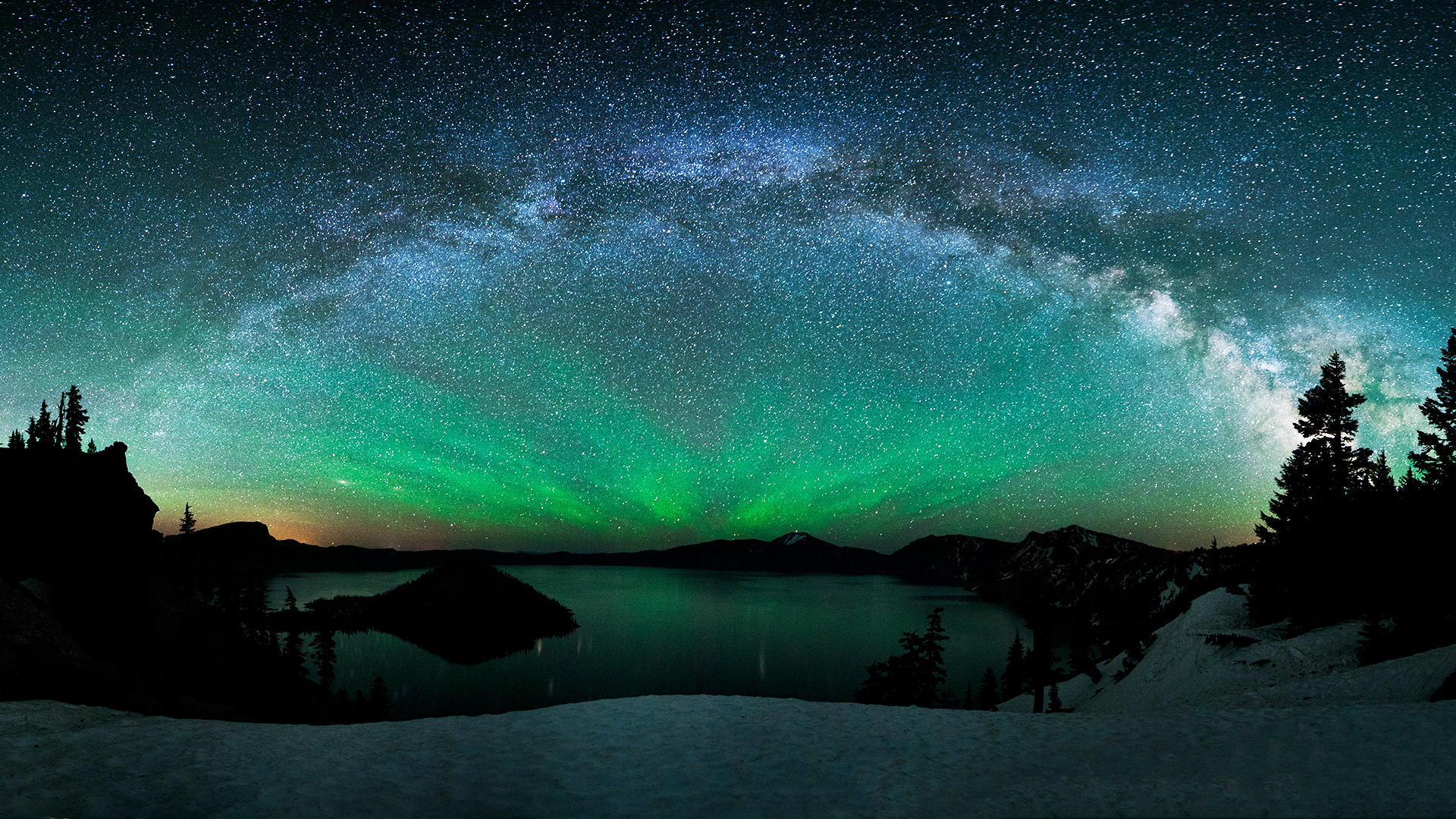
How to See the Northern Lights , The Ultimate Guide
The Aurora Borealis, or Northern Lights, is a celestial spectacle that draws travelers from around the globe. Imagine vibrant ribbons of green, purple, and red dancing across the ink-black Arctic sky – it’s an experience that etches itself into memory. Norway, with its prime location within the Arctic Circle, offers some of the most consistent and breathtaking opportunities to witness this natural wonder. This guide will equip you with everything you need to know to plan your perfect Northern Lights adventure in Norway this year.
From understanding the best times to chase the aurora to discovering the most optimal viewing locations and essential preparation tips, we’ll break down the key elements that will maximize your chances of experiencing this magical phenomenon. Get ready for an unforgettable journey to the Norwegian Arctic.
Understanding the Aurora Borealis, Northern Lights : The Science Behind the Show
What Causes the Northern Lights?
The Northern Lights truly come from the sun. Our sun constantly sends out tiny charged bits. We call this stream solar wind. These tiny pieces fly toward Earth. Our planet’s strong magnetic field pulls them in. They move directly to the North and South Poles. High above us, these bits crash into gases. They hit things like oxygen and nitrogen. This impact makes the gases light up. That brilliant glow is the aurora we all admire.
The Colors of the Aurora, Northern Lights

The Northern Lights show many colors. These colors depend on the gas. They also depend on how high the gas is. Green is the most common color seen. Charged particles hit oxygen gas. This happens about 60 miles above Earth. This impact makes the sky glow green. Red light comes from oxygen higher up. This is often around 150 miles high. Blue or purple auroras are rarer. These colors appear when particles hit nitrogen. Each color shows what is happening in the sky.
Aurora Strength and Visibility
The strength of the Northern Lights depends on solar activity. More activity means a brighter show. The “aurora oval” is a band around Earth’s magnetic poles where the lights are most often seen. Norway sits right under this oval, giving it a front-row seat. We measure geomagnetic activity with something called the Kp-index. A higher Kp number means the lights are more likely to be strong and widespread. You’ll want a Kp-index of 3 or higher for good viewing.
When to See the Aurora Borealis in Norway
The Optimal Season for viewing the Northern Lights
To see the Northern Lights in Norway, timing is key. The best months are typically September through March. This gives you more hours each day for the aurora to appear. Winter truly offers the best conditions for a bright display.
Top Locations for Northern Lights Viewing in Norway
Tromsø, Northern Lights : The Gateway to the Arctic
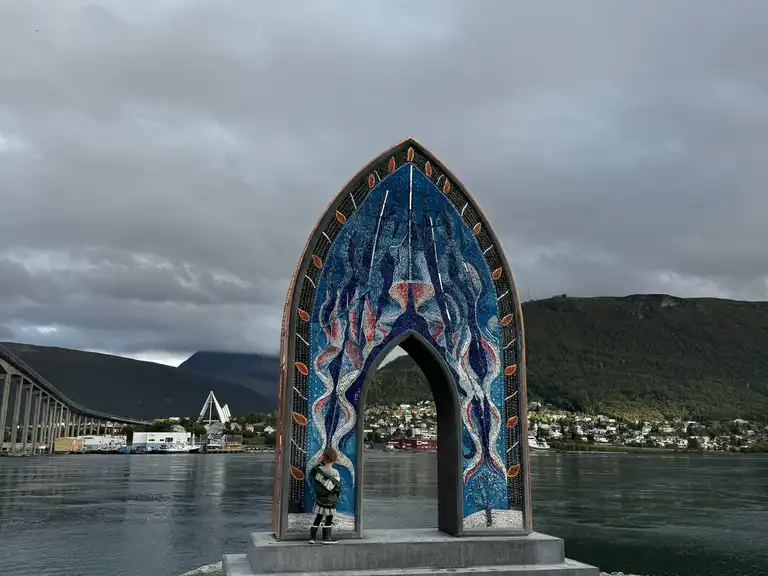
Tromsø is often called the “Gateway to the Arctic.” It’s one of the most popular places to see the Northern Lights in Norway. The city has good travel links and many tour operators. Near Tromsø, popular spots for watching the sky include Prestfjellet mountain or the beach at Telegrafbukta. You can join organized aurora chases from Tromsø; guides know the best clear sky locations.
Lofoten Islands, Northern Lights : Dramatic Coastal Landscapes
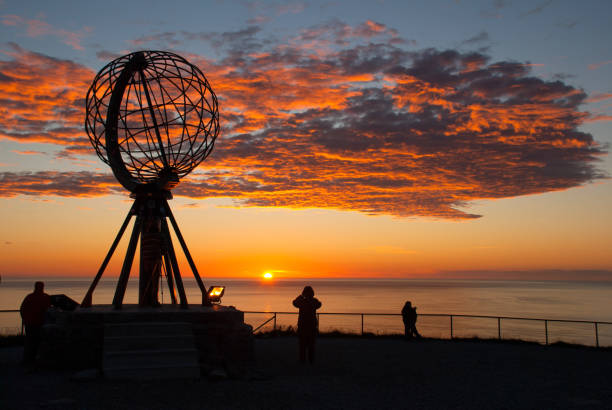
The Lofoten Islands offer a truly unique setting for the aurora. Imagine green lights dancing above jagged mountains and calm fjords. Villages like Reine and Hamnøy are great for finding a spot with a stunning view. Photographing the aurora here means you get amazing foregrounds. It makes for incredible, memorable pictures.
North Cape (Nordkapp) and Finnmark

North Cape, or Nordkapp, is at the very top of Norway. Its extreme northern position means better chances for seeing the lights. Visiting the plateau at night feels like standing on the edge of the world. Alta and Kirkenes, two other towns in the Finnmark region, are also excellent places to see the Aurora. These remote areas have minimal light pollution.
Svalbard: An Arctic Wilderness Experience
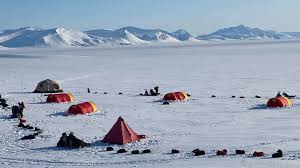
Svalbard is a group of islands far above mainland Norway. It offers a unique chance to see the aurora during polar night. This means total darkness for months. Because of this long polar night, you might even see the aurora during the day here. Remember, Svalbard is very cold and has lots of wildlife, so plan carefully.
Planning Your Northern Lights Trip to Norway
Choosing Your Accommodation
When picking a place to stay, think about northern lights visibility. Remote cabins or hotels with open views away from city lights are ideal. Some even offer aurora alarms to wake you if the lights appear.
Booking Aurora Tours and Activities
Joining a guided aurora chase can greatly increase your chances. Expert guides know the local weather patterns and best viewing locations. Many tours include transport and sometimes hot drinks or snacks. You can also pair aurora viewing with other fun activities like dog sledding, reindeer sledding, or ice fishing. These make your trip even more special.
Aurora Forecasts and Apps
Before you go, check aurora forecasts. Sites like SpaceWeatherLive give good predictions for geomagnetic activity. Local meteorological services also share cloud cover forecasts. Download apps that track the aurora in real-time. They often use Kp-index data and cloud maps to help you find the best time and place to look up.
Essential Tips for Maximizing Your Chances
Dress Warmly: The Key to Comfort
Staying warm is super important when chasing the Northern Lights. You’ll be standing outside in very cold temperatures. Finish with a heavy, windproof outer jacket, thick gloves, a warm hat, and a scarf. Hand and foot warmers can make a big difference for long waits.
Beyond the Aurora: Experiencing Norway’s Winter Magic
Winter Activities in the Arctic
Norway’s Arctic offers more than just the Northern Lights. You can try dog sledding across snow-covered lands. Reindeer sledding offers a quiet, cultural ride with the Sami people. Snowmobiling gives you a fast way to explore the wilderness. Or, try ice fishing on a frozen lake for a peaceful morning. There’s plenty to do during the day.
Unique Arctic Culture
Take time to learn about the Sami people. They are the Indigenous people of Northern Norway. You can visit their camps and hear stories of their traditions. Explore the charming Arctic towns. Each has its own local feel. Make sure to taste some local cuisine. Fresh seafood and hearty stews are common treats.
Daytime Adventures
Even when the sun is up, Norway is full of wonders. Go snowshoeing or cross-country skiing through silent forests. Visit local museums to learn about Arctic life and history. Art galleries show off local talent. Take a boat tour through the majestic fjords. Or explore the amazing mountainous terrain. These daytime adventures make your trip even richer.
Conclusion
Seeing the Northern Lights in Norway is a truly unforgettable experience, blending natural wonder with the magic of the Arctic. By understanding the science, choosing the right time and location, and preparing adequately, you can significantly increase your chances of seeing this spectacular celestial display. Remember to dress warmly, be patient, and embrace the incredible winter landscapes and culture Norway has to offer. Your Arctic adventure is waiting for you.

